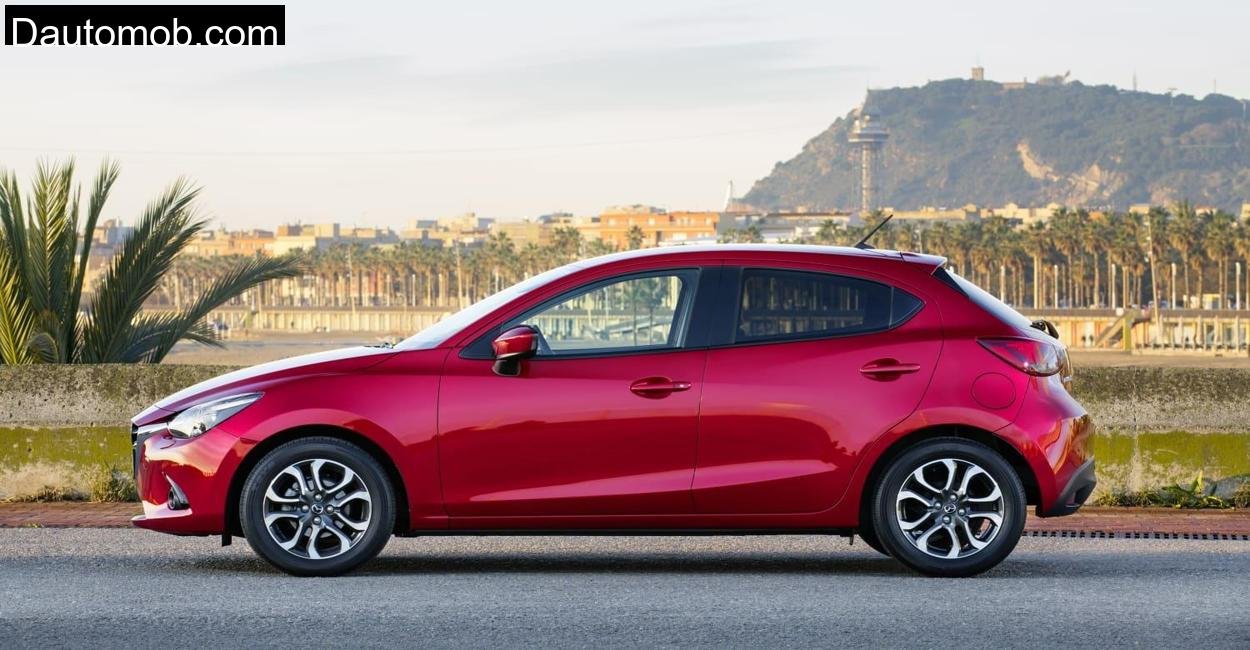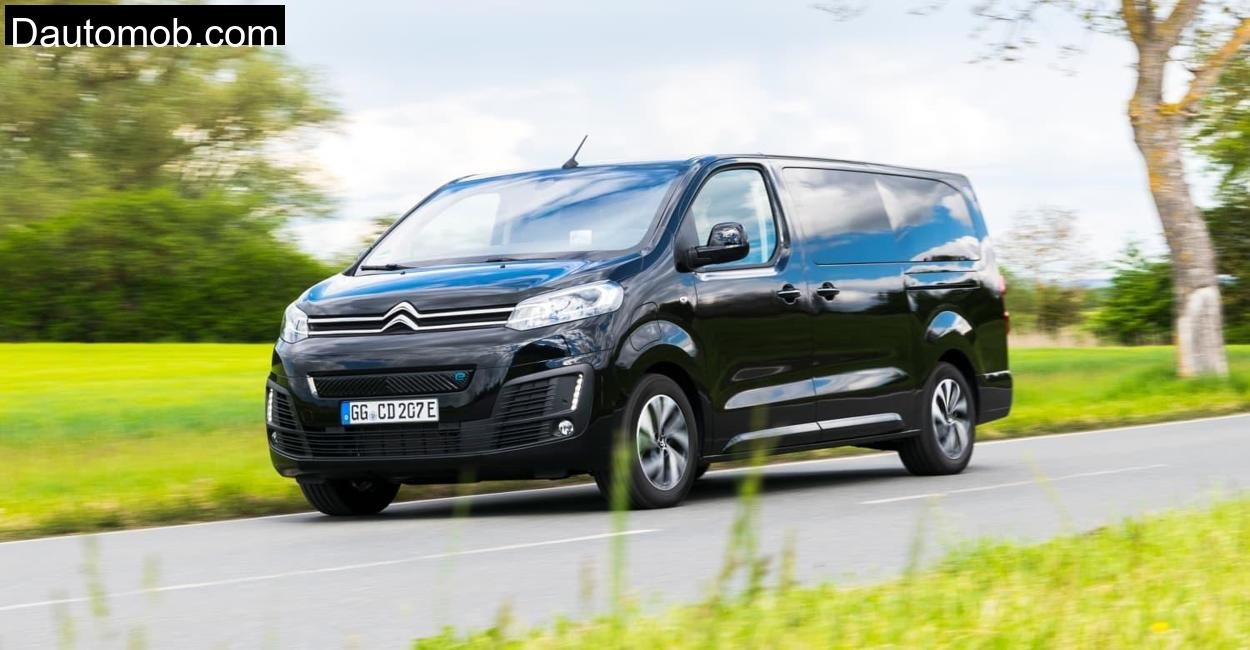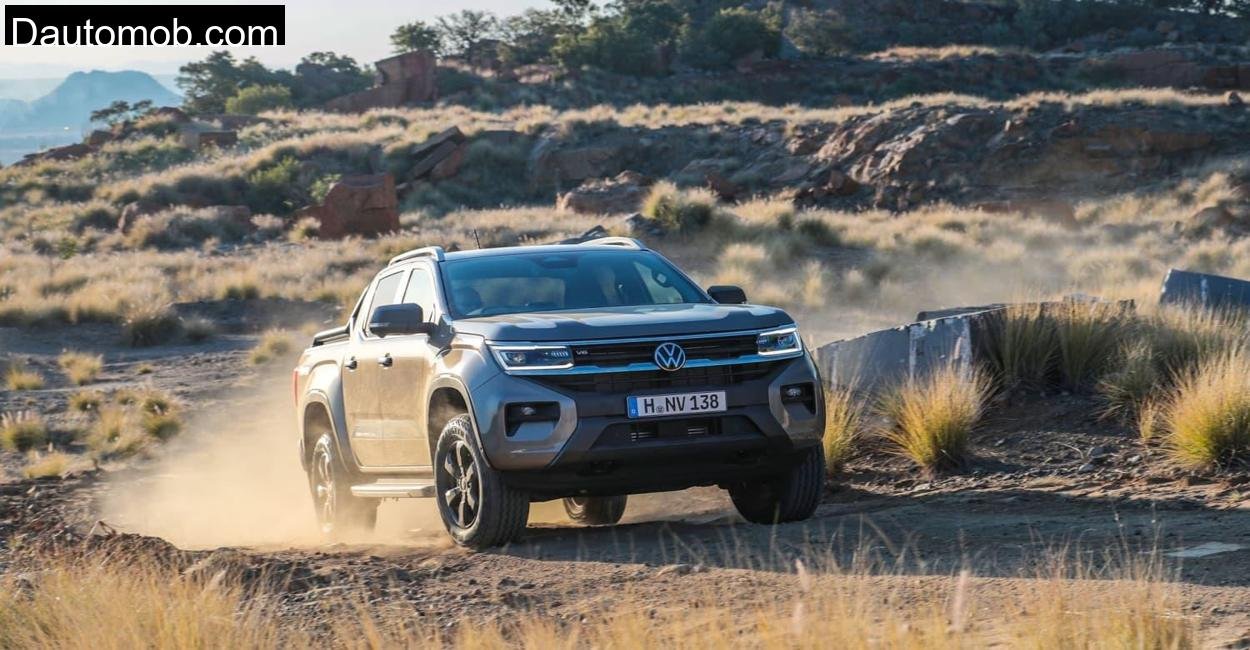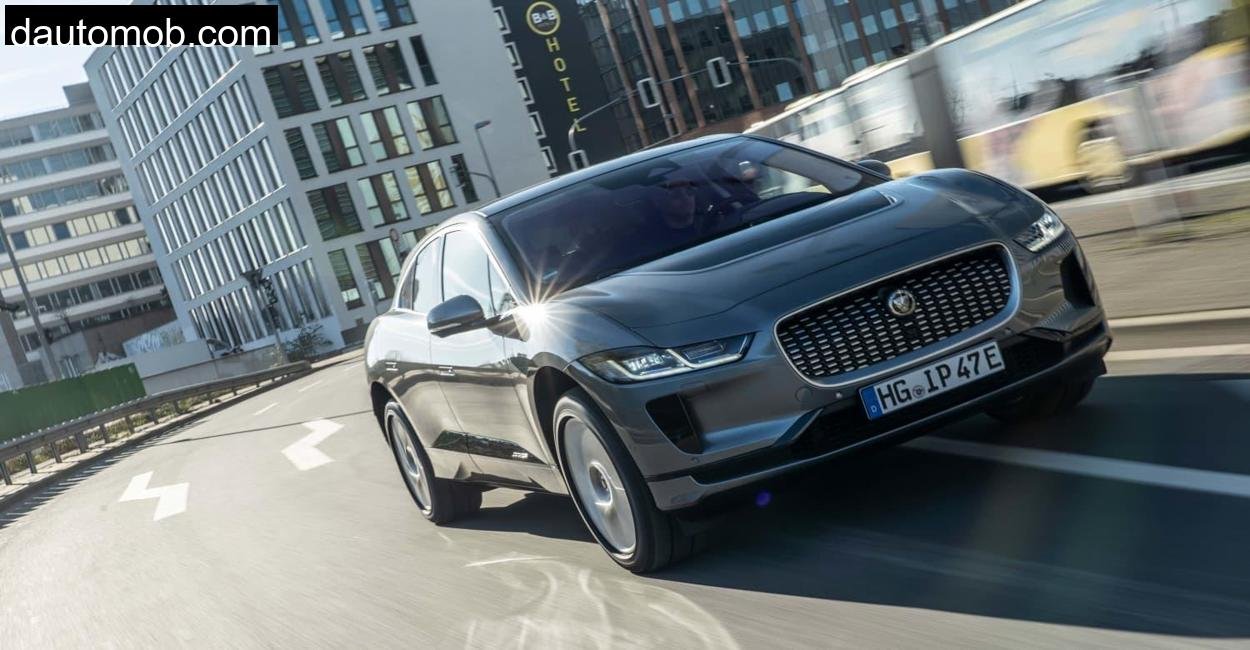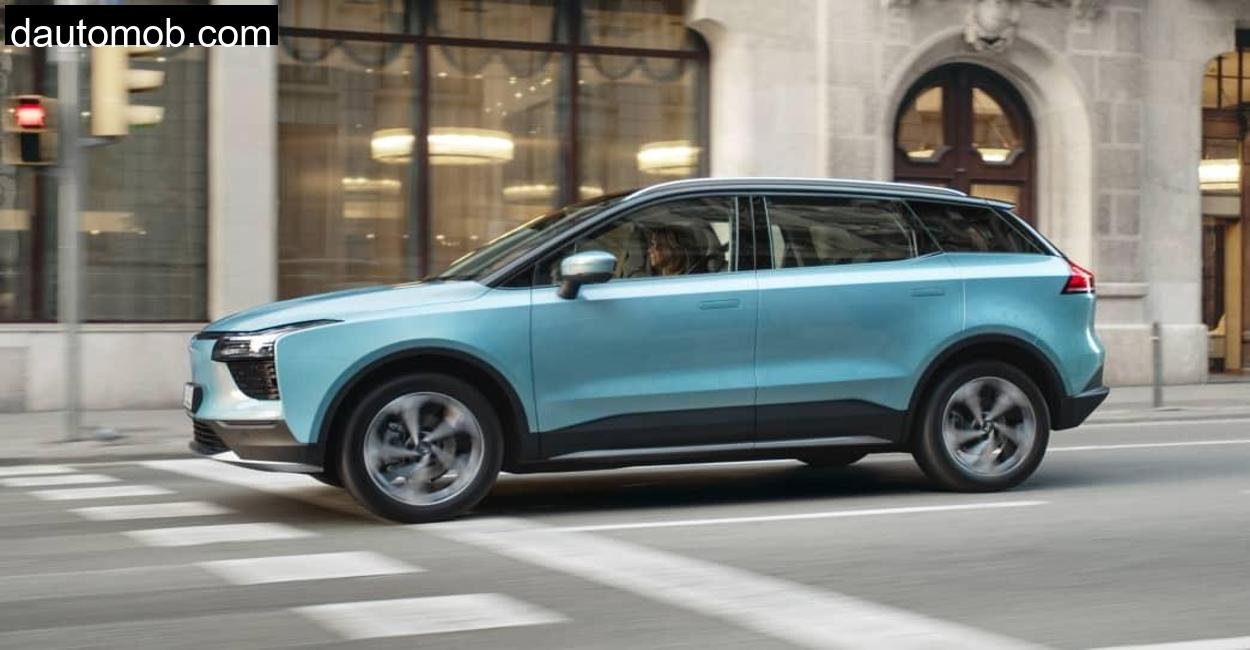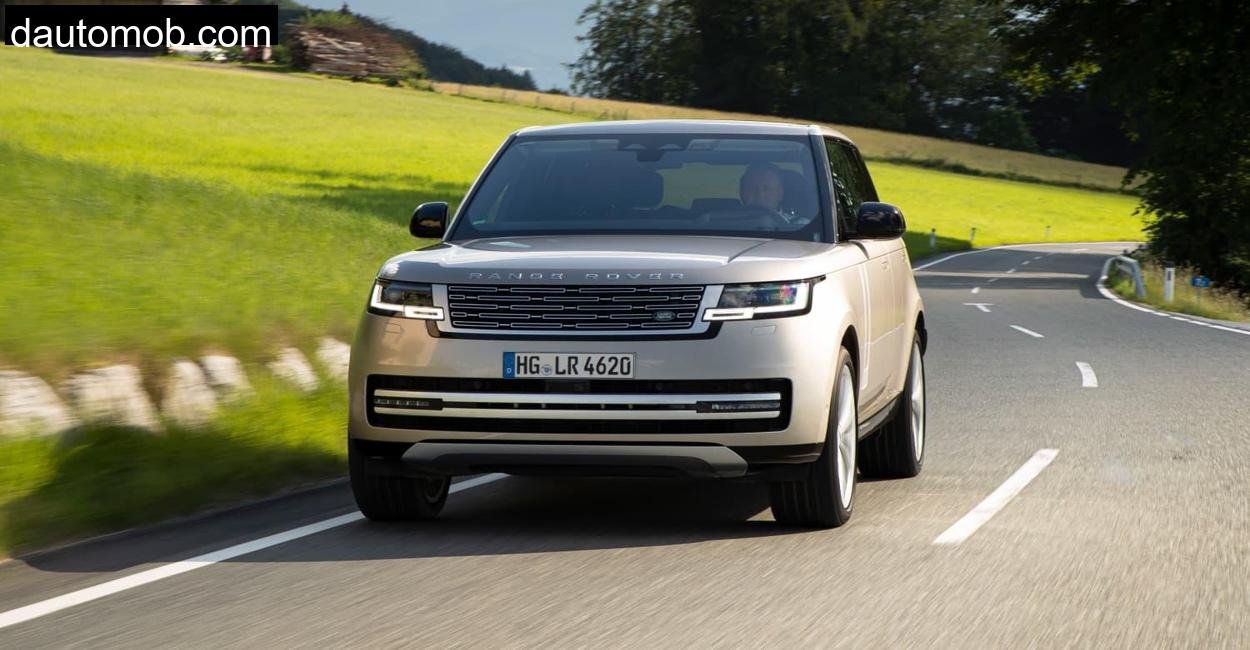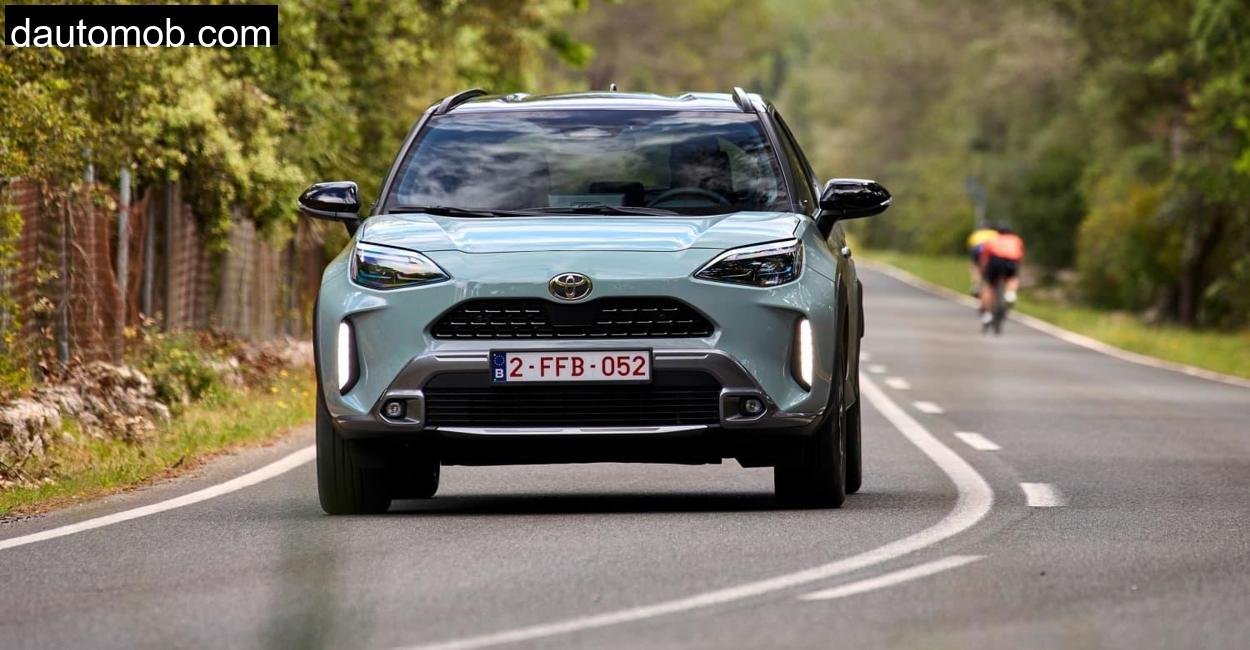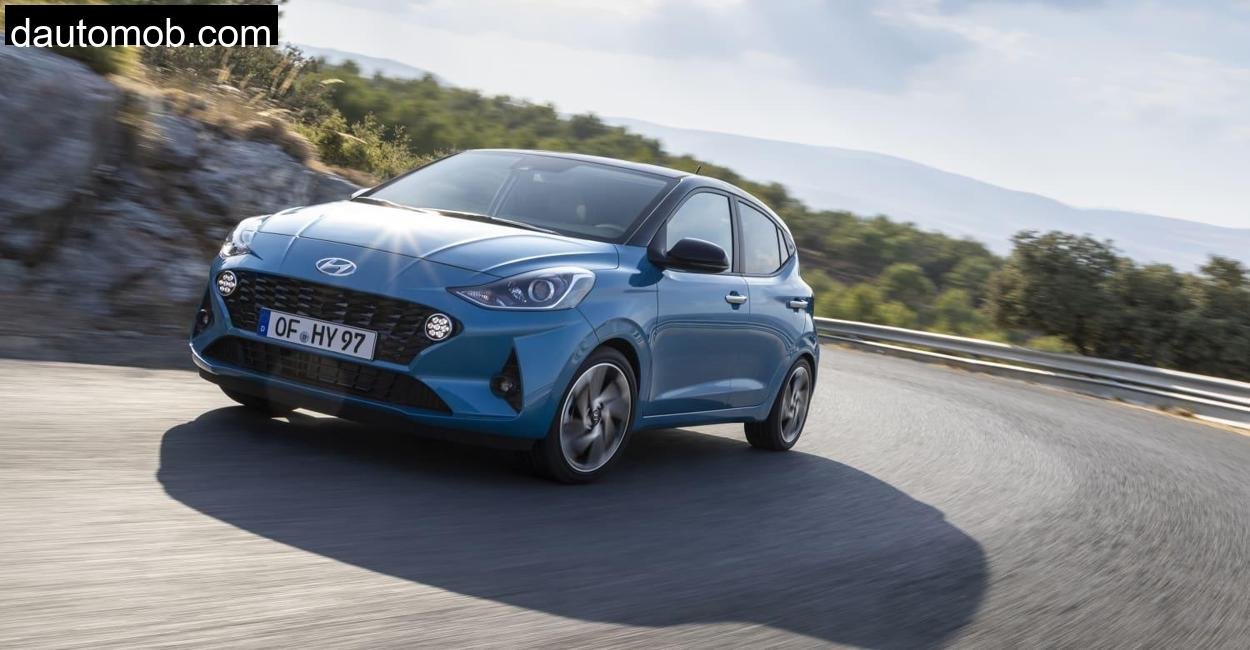It was a crisp morning in the Elfas, that forested low mountain range tucked quietly between the Weser Hills and Solling, where the dew still clung to the grass and the winding roads promised perfect conditions for evaluating small cars with big ambitions. That day, I found myself behind the wheel of the 2023 Mazda 2 , freshly facelifted, mildly electrified, and still proudly wearing its four, cylinder heart. The Mazda 2 has been around in this generation since 2015, but this latest iteration carries more finesse and maturity than ever before. With two engines at my disposal , the 90 hp and the feistier 115 hp mild hybrid variants , I had plenty of asphalt and attitude to uncover.
As always, the Elfas is my testing playground of choice for small, agile cars. The mix of narrow lanes, fast sweepers, sleepy villages, and punchy inclines demands sharp handling, efficient drivetrains, and a cabin that doesn’t tire you out. And on that canvas, the Mazda 2 painted quite the vivid picture.
Old Soul, New Tricks: A Subtle Facelift with Real Impact
You might not notice it immediately, but the 2023 facelift did more than just tweak the bumpers. There’s a crisper edge to the front grille now, inspired by the larger Mazda 3, with slimmer LED headlights that lend it a sharper gaze. The tail received some attention too , revised taillights and a slightly tighter, more athletic stance. The overall shape remains delightfully compact at 4.07 meters, yet solid and premium in its surface treatment. It’s still cute, but with a more determined stride.
Inside, Mazda didn’t reinvent the wheel , they just made it better. The steering wheel now adjusts for both reach and height, the cockpit feels tighter and clearer, and the front seats , revised for 2023 , are a definite step up. Long, legged drivers will appreciate the headroom and knee clearance, but the rear seat is still best left for short trips or smaller passengers.
What truly elevates this interior, though, is the simplicity. No gimmicks, no overdone touchscreens. Just clear instrumentation, firm controls, and materials that feel built to last. There’s something profoundly honest about that.
Behind the Wheel: Driving Both Engines in the Real World

I started the day in the 90 hp version , the e, SKYACTIV, G with the M Hybrid mild hybrid system. On paper, it’s not a speedster: 0 to 100 km/h in 9.8 seconds, with a top speed of 183 km/h. But numbers barely scratch the surface.
Driving through the winding B240 north of Eschershausen, the 90 hp model felt light and rev, happy. Unlike the turbocharged triple, cylinders that dominate this segment, Mazda sticks to a naturally aspirated four, cylinder formula. That means torque is modest (151 Nm), and you need to work the gearbox , a long, legged six, speed manual , to keep things lively. Downshifting into second for tight bends, the engine picks up eagerly from 3,000 rpm and sings all the way to 6,000. It’s not fast, but it’s engaging.
Later in the day, I swapped into the 115 hp version , the e, SKYACTIV, G 115 M Hybrid in the Homura Aka trim. This one feels noticeably more eager off the line. The powerband is broader, and while you still need revs, the acceleration feels more confident. Mazda claims 9.1 seconds to 100 km/h, and it matches that confidently on slight downhill stretches or when you’re light on fuel.
On the fast, flowing section between Holzen and Stadtoldendorf, I pushed both versions to their limits. The 90 hp model began to sweat a bit above 120 km/h, with long overtakes needing proper planning. But the 115 hp one, despite also lacking a turbo, kept up with the rhythm of the road. In fact, it was here that the sound insulation improvements became clear. Even at 130 km/h, the cabin stayed under 71 dB(A) , enough to keep the music enjoyable and the conversations unshouted.
Handling, Ride, and Comfort: The Elfas Twist Test
Mazda’s chassis tuning is legendary, and the 2 continues that tradition. Flicking the wheel into tight second, gear corners near the Höhenweg Trailhead, the car stayed composed and eager. The steering is light but feelsome, and body roll is well, contained. The balance is neutral, with a predictable progression into understeer if you push too far. And crucially, even when lifting mid, corner to provoke it, the car remained settled. The ESP isn’t overly intrusive but steps in smoothly when needed.
Ride quality on rural Elfas tarmac , often patchy and pockmarked , was surprisingly good. The suspension doesn’t iron out everything, but it’s far from crashy. Only sharper impacts really filter through, and even then, the car rebounds gently. Over longer stretches, the seats held up well, though taller drivers may wish for more thigh support. Still, for a small car, it’s remarkably fatigue, free.
Fuel Consumption and Emissions: Efficient in the Real World
Here’s where Mazda’s mild hybrid setup starts to show real dividends. Despite no electric, only mode, the system allows for smoother start, stops and helps recover energy when braking or coasting. It’s subtle , you never really feel the hybrid “kick in” , but the results are impressive.
In my real, world loop through Elfas, including highway stints, uphill sweeps, and town traffic, the 90 hp version returned a commendable 5.0 liters/100 km. The 115 hp car, even when pushed harder, only ticked up to 5.2 liters. These numbers matched ADAC’s own findings almost exactly and are especially impressive considering the cars were often driven enthusiastically.
Emissions? Also improved. The 90 hp version now earns four stars in the ADAC Ecotest, a huge leap from the two, star rating it earned in 2020. The hybrid integration seems to have helped both consumption and CO emissions.
Cabin Utility and Everyday Practicality
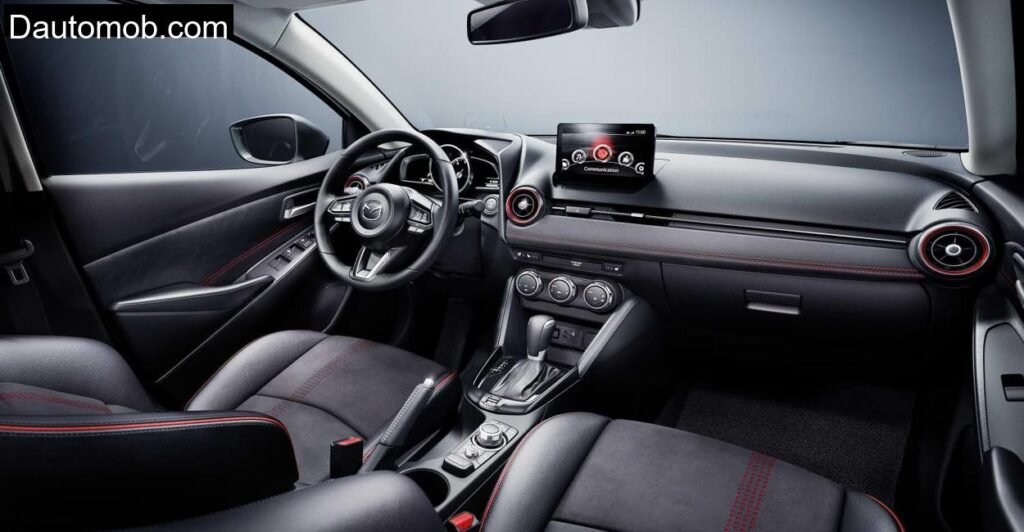
The Mazda 2 doesn’t try to out, space a station wagon, but what it offers is smartly packaged. The boot officially holds 280 liters , good for a weekend trip or two carry, ons , and expands to 950 liters with the seats folded. That’s flat enough for a bike with the front wheel off, though the high load sill and small hatch opening make the process a bit fiddly. Taller passengers must mind their heads when accessing the boot , the tailgate isn’t generous in clearance.
Inside, you get smartphone integration as standard, a responsive infotainment system, and decent audio. The Homura Aka trim adds heated seats, climate control, and keyless entry, making it feel a class above. But Mazda still insists on charging for some features, like the navigation SD card or advanced driver aids.
Technical Specifications: Mazda 2 Lineup Comparison
For data reliability, we extract all technical specifications from Mazda’s official online presence.
| Specification | Mazda 2 90 hp M Hybrid | Mazda 2 115 hp M Hybrid | Mazda 2 Hybrid (Yaris) |
| Engine type | 1.5L 4, cyl, mild hybrid | 1.5L 4, cyl, mild hybrid | 1.5L 3, cyl, full hybrid |
| Power (kW / hp) | 66 kW / 90 hp | 85 kW / 115 hp | 85 kW / 116 hp |
| Torque | 151 Nm | 151 Nm | Not disclosed |
| Transmission | 6, speed manual / auto | 6, speed manual | CVT |
| 0, 100 km/h acceleration | 9.8 seconds | 9.1 seconds | 9.7 seconds |
| Top speed | 183 km/h | 200 km/h | 175 km/h |
| WLTP consumption (combined) | 4.7 l/100 km | 5.0 l/100 km | 4.0 l/100 km |
| CO₂ emissions (WLTP) | 107 g/km | 113 g/km | 93 g/km |
| Boot volume (seats up/down) | 280 / 950 liters | 280 / 950 liters | 286 / 935 liters |
| Curb weight | 1,110 kg | 1,120 kg | 1,180 kg |
| Towing capacity (braked/unbraked) | 900 / 550 kg | 900 / 550 kg | 450 / 450 kg |
| Price (starting, October 2023) | €16,590 | €23,490 (Homura Aka) | €24,990 approx. |
| Warranty | 6 years or 150,000 km | 6 years or 150,000 km | 6 years or 150,000 km |
Conclusion: A Grown, Up Small Car That Still Charms
The 2023 Mazda 2 is what happens when a manufacturer listens, refines, and doesn’t give in to trends. No turbo? No problem. It delivers joy through simplicity, precision, and honesty. Yes, you’ll have to rev it. Yes, rear legroom is tight. And yes, prices can creep up if you tick the right boxes. But in return, you get a small car that feels premium, reliable, and genuinely fun.
On the twisting Elfas roads, it never once felt out of place. In fact, it seemed made for them , and that, to me, is a small car done right.
Is the Mazda 2 a good car for long, distance driving?
Surprisingly, yes. While it’s not a motorway bruiser, the improved soundproofing, comfortable front seats, and stable chassis make it competent even at 130 km/h.
Does the Mazda 2 come with an automatic transmission?
Yes, the 90 hp variant is available with a six, speed torque converter automatic. However, it drops the mild hybrid tech in this setup.
How does the Mazda 2 compare to the Toyota Yaris Hybrid?
They are very different cars. The Mazda 2 Hybrid is essentially a rebadged Toyota Yaris Hybrid with full hybrid tech and CVT, while the original Mazda 2 sticks to Mazda’s engineering philosophy with a four, cylinder and mild hybrid system.
